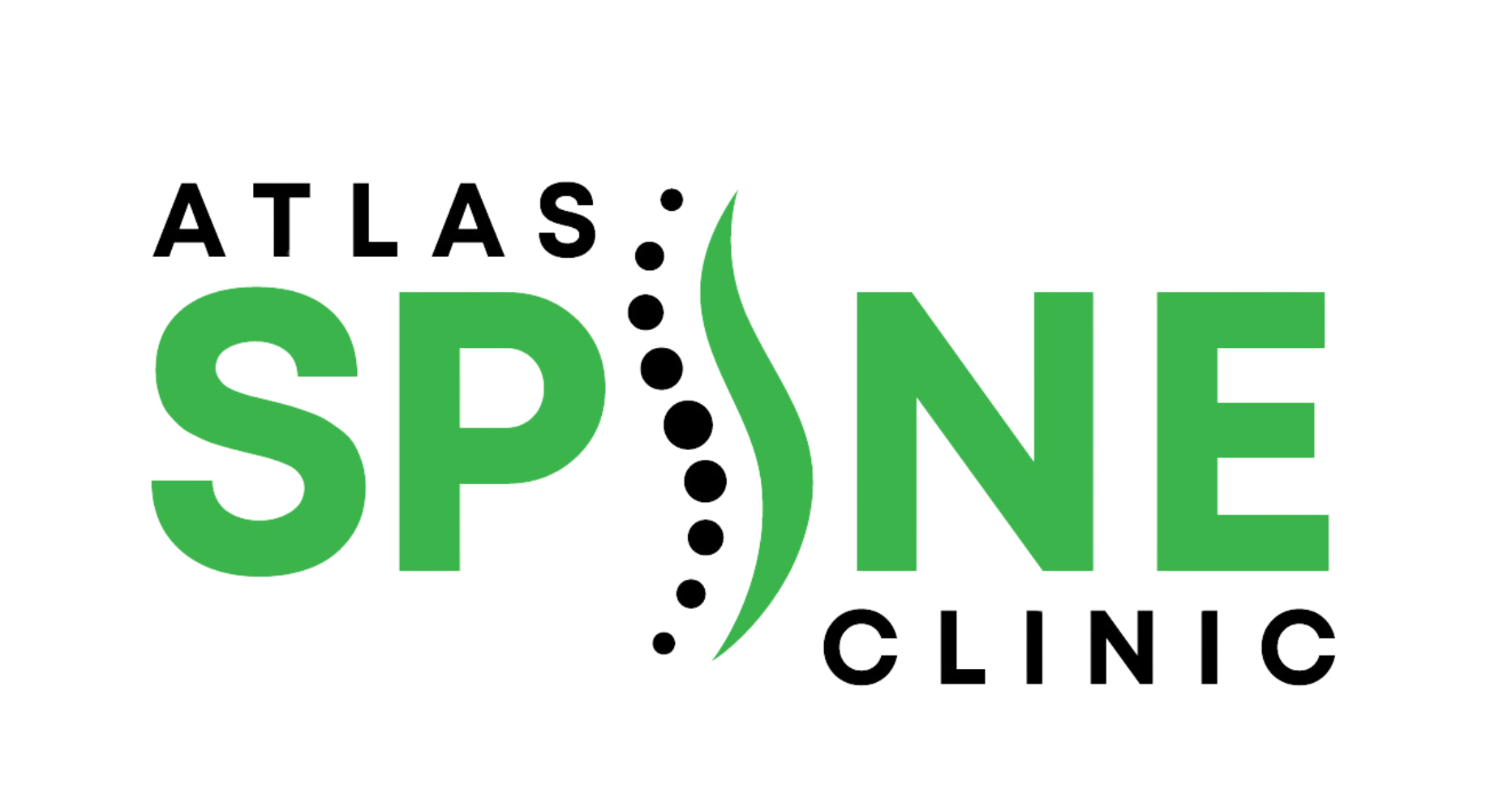Lower back pain often develops quietly—until it disrupts your day. While quick fixes exist, lasting relief comes from movement that truly works.
Lower back pain physiotherapy exercises target the root cause, not just the symptoms. They strengthen your body’s natural support system using simple, proven routines that rely more on consistency than equipment.
Brief overview of lower back pain as a common issue
Physiotherapy clinics often see lower back pain as one of the top reasons people walk through the door. Be it long hours at a desk or one careless lift, that lower back ache tends to catch up with you.
Studies show that nearly 80% of adults experience lower back pain at some point. The good news is that it often responds well to guided movement and rehabilitation, especially when the focus is on strengthening key muscle groups and supporting the spine properly.
Causes and Symptoms of Lower Back Pain
| Causes | Symptoms |
| ▪ Poor posture over time | ▪ Stiffness, especially after waking up |
| ▪ Prolonged sitting or sedentary routines | ▪ Dull, aching pain or sudden sharp twinges with movement |
| ▪ Muscle strain from lifting or repetitive stress | ▪ Discomfort that radiates to the hips or down the legs |
| ▪ Herniated or bulging discs pressing on nerves | ▪ Numbness or tingling sensations in more serious cases |
| ▪ Weak core muscles that fail to support the spine | ▪ Trouble sitting or standing for long periods without pain |
| ▪ Stress or tension leading to tight, overworked back muscles | ▪ General tightness and lack of flexibility in the lower back |
These are all signs your body’s asking for better movement habits — which is exactly where physiotherapy steps in.
How Physiotherapy Helps with Lower Back Pain
Physiotherapy focuses on more than just easing discomfort. It works to correct the habits that feed into the pain, as well as building strength and improving movement patterns for lasting relief.
At its core, physiotherapy for back pain focuses on retraining the body. With a mix of stretches, strengthening routines, and hands-on techniques, it improves mobility, reduces muscle tension, and enhances spinal alignment.
That’s why lower back pain physiotherapy exercises are often the first step toward real recovery — especially when personalized to your specific pain pattern and lifestyle.
Top Lower Back Pain Physiotherapy Exercises
Pelvic Tilts
A simple yet powerful movement that strengthens your core and improves spinal alignment.
How to Perform:
- Lie on your back, knees bent, feet flat on the floor
- Engage your core by drawing your belly button toward your spine
- Gently press your lower back into the floor
- Hold for 5 seconds, then release
- Repeat for 10–15 repetitions
Why It Works:
- Encourages better lumbar spine positioning
- Gentle enough for beginners, yet effective with consistency
- Helps stabilize the pelvis and reduce pressure on the lower back
Cat-Cow Stretch
An excellent addition to your lumbar spine exercises routine. It blends movement and breath for flexibility and tension relief.
How to Perform:
- Start on your hands and knees (tabletop position)
- Inhale and arch your back upward while lifting your head (Cow)
- Exhale and round your spine toward the ceiling while tucking your chin (Cat)
- Flow through both movements for 8–10 slow, controlled reps
Why It Works:
- Improves spinal flexibility
- Eases stiffness from long periods of sitting
- Promotes circulation and fluid movement across the spine
Child’s Pose
Considered one of the most calming back pain relief exercises — simple yet powerful.
How to Perform:
- Kneel and sit back onto your heels
- Extend your arms forward on the floor
- Lower your forehead to the ground
- Hold for 20–30 seconds, breathing deeply
Why It Works:
- Gently stretches the lower back, hips, and thighs
- Allows space for your spine to decompress
- Encourages relaxation and improves lower back flexibility
Bridge Exercise
Among the most effective rehab exercises for lower back recovery. It builds strength without high impact.
How to Perform:
- Lie on your back with knees bent and feet flat
- Engage your core and glutes
- Press through your heels to lift your hips
- Keep shoulders grounded and squeeze at the top
- Lower slowly and repeat for 10–12 reps
Why It Works:
- Activates glutes, hamstrings, and core
- Strengthens your posterior chain
- Reduces pressure on the spine and helps prevent flare-ups
Knee-to-Chest Stretch
A gentle classic among physical therapy back exercises, this stretch works well for both recovery and daily relief.
How to Perform:
- Lie flat on your back
- Pull one knee gently toward your chest
- Hold for a few seconds while breathing deeply
- Switch sides and repeat
- Perform 8–10 reps on each leg
Why It Works:
- Eases pressure from poor posture and prolonged sitting
- Enhances flexibility in the lumbar region
- Helps ease tightness without strain
Bird Dog Exercise
Ideal for core strengthening for back pain, this move builds spinal stability and control.
How to Perform:
- Get into a tabletop position (on hands and knees)
- Extend your right arm and left leg simultaneously
- Pause for a few seconds, then return to the start
- Switch sides and repeat for 10–12 controlled reps
Why It Works:
- Boosts coordination and balance
- Builds core strength that supports lower back health
- Supports proper spinal alignment and muscle engagement
When to Avoid These Exercises
While lower back pain physiotherapy exercises are generally safe, not every movement fits every situation. If your pain is sharp, radiating, or accompanied by numbness, hold off and consult a professional before continuing.
Even with milder symptoms, moving too quickly or pushing through discomfort can backfire. Proper form matters more than reps. When in doubt, slow it down and listen to what your body’s telling you. Rest can be productive too.
Personalized Exercise Plans at Atlas Spine Clinic
Every back tells a different story. That’s why at Atlas Spine Clinic, we don’t hand out generic routines. Our team takes time to observe your movement, identify pain patterns, and understand daily habits. From there, we create custom lower back pain physiotherapy exercises that match your goals.
Some patients come in after recent injuries, while others are managing chronic tension. Our focus remains on long-term results. We combine hands-on care with education, strength-building, and targeted rehab, helping you move forward without the constant worry of re-injury.
Final Thoughts: Start Moving Towards Relief
Pain may stick around, yet so does your ability to change the outcome. With consistent movement, small posture adjustments, and the right habits, progress begins to build.
The value of lower back pain physiotherapy exercises lies in their purpose — they aren’t about doing more, they’re about doing what works for your body.
So start where you are. Take it slow, listen to your spine, and support it in ways that matter. Relief doesn’t need to be dramatic to be effective. What counts most are the small, purposeful steps you commit to every day.
FAQs Section
- Can physiotherapy completely cure lower back pain?
– Physiotherapy can significantly reduce or eliminate pain in many cases, especially when it’s related to muscle imbalances or poor movement habits. Some chronic conditions may not be “cured,” but they can be well-managed with regular care. - How often should I do these exercises?
– For most people, 3–5 times a week is ideal. It depends on your starting point, goals, and current pain level. A physiotherapist can guide you on frequency. - How long until I see results?
– You may start noticing changes in pain and mobility within a few weeks if exercises are done consistently. Everyone heals at their own pace, though — stay patient. - Are these exercises safe during a flare-up?
– Some are, especially gentle stretches like child’s pose or pelvic tilts. Still, if your pain feels sharp or unusual, it’s best to pause and get professional input before continuing.






